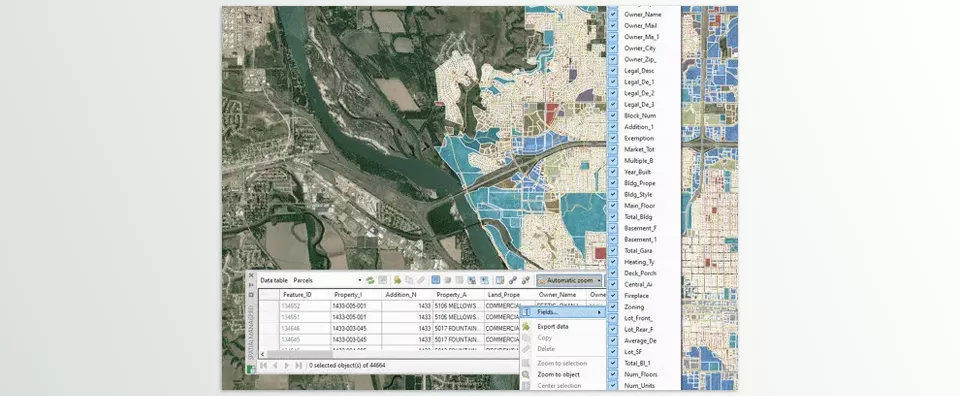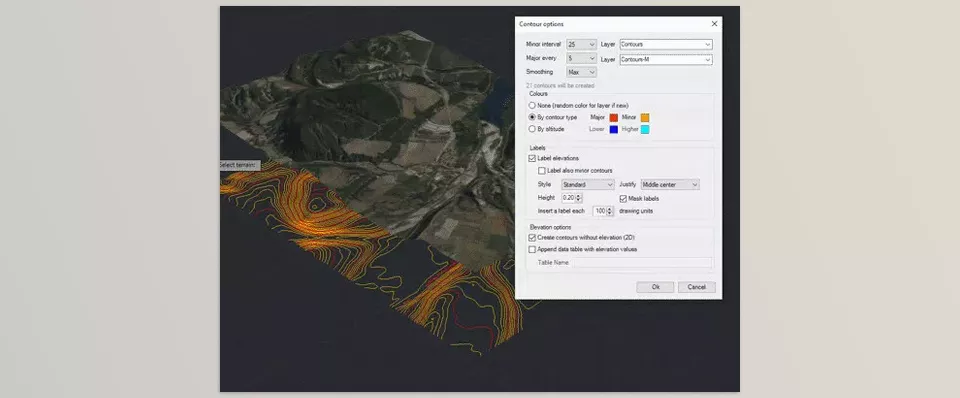The Spatial Manager for AutoCAD Professional is an extension that enables seamless management of geospatial information visualization. The application is very lightweight and functions within AutoCAD by allowing geospatial information integration through importing and exporting from external files and data services.
Opencartis – Spatial Manager for AutoCAD Professional Features
- Versatile Import: Geospatial data shapefiles, GeoJSON, and this function importsbases can be imported into AutoCAD as objects and attributes.
- Flexible Expo, rt: The attributes of AutoCAD objects can be directly exported to other spatial formats and databases.
- Powerful Analysis: The user can perform spatial operations directly in AutoCAD, including creating buffers, intersections, unions, etc.
- Attribute Management: Easily create or modify the attribute data related to AutoCAD objects.
- Data Grid: Allows attribute data filtering, viewing and editing through a graphical interface.
- Thematic Mapping: Data attributes can be mapped by colouring them to create thematic maps.
- Background Maps: Other maps such as OpenStreetMap, Google Maps, and many more applications can be set as background layers.
- Google Earth Export: KML/KMZ files for Google Earth can be quickly produced from the data.
- Coordinate Transformation: Converts coordinates from one system to another.
- Accomplish sewing and embroidery made easy: Provides advanced and efficient targeting of sewing and embroidery, making a fastening stitch.
- Image Creation and Modification Tools: Manages and works with raster images, which include editing and annotation.
- Geocoding: Enables the use of geocodes and location-specific actions.
- Show Route Using Google: Shows the Google Street View images directly in AutoCAD.
- Terrain Modeling: Produces surface models from 3D or elevation data services.
- Task Replays: Record and playback imported tasks for repetitive workflows.
Preview Spatial Manager for AutoCAD Professional
Image 1: The Data Grid palette in AutoCAD provides a way to view and edit the data associated with any table in the drawing.

Image 2: Generate terrains and related objects, such as 3D points and contours, using 3D data or elevation services within AutoCAD.




